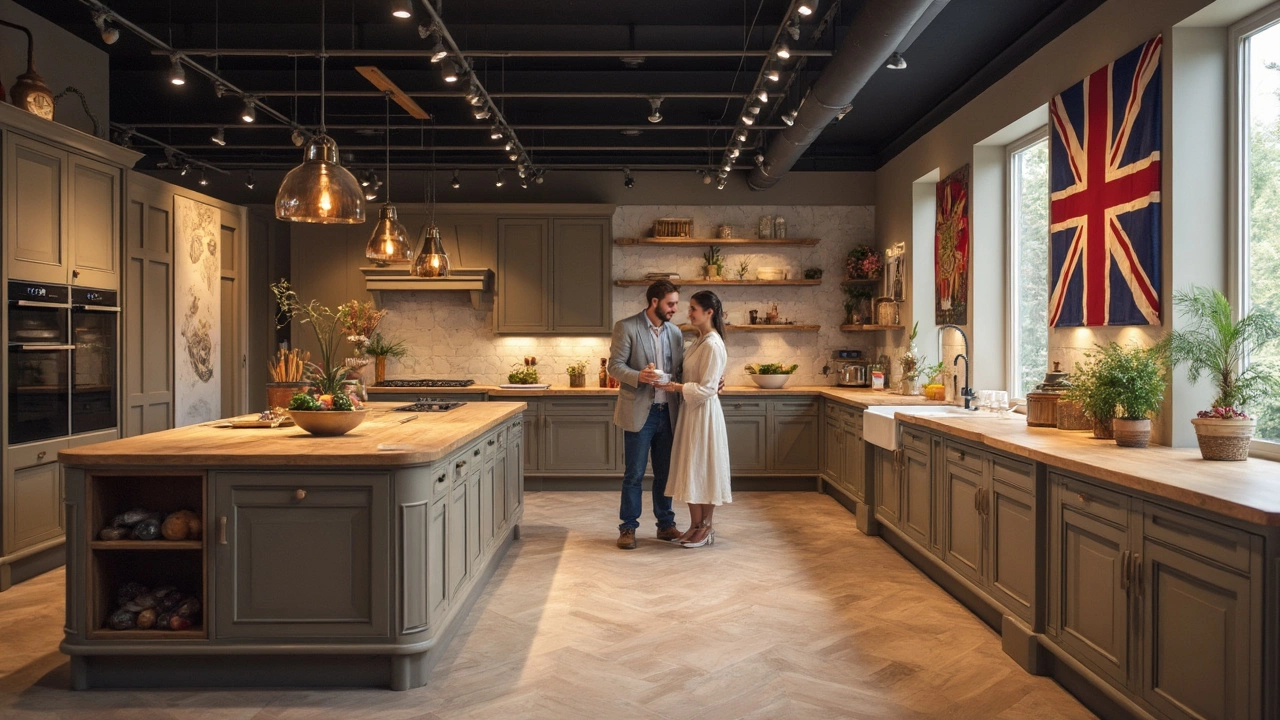Installation Costs: What to Expect for Your Flooring Project
Thinking about new floors? The biggest question most homeowners ask is, "How much will it cost to install?" The answer isn’t a single number – it depends on a few things that are easy to understand once you break them down.
Factors that Influence Installation Prices
First, the type of flooring matters. Engineered hardwood, luxury vinyl plank, carpet, and tile each have their own price per square metre. A budget vinyl might run £20‑£30 per m², while engineered hardwood can be £45‑£80 per m². Add the cost of the material itself and you’ve got the base price.
Next up is labour. Professional installers usually charge £15‑£30 per m² for straightforward jobs. If the room has a lot of corners, stairs, or an uneven sub‑floor, the rate can jump to £35‑£45 per m². Removing old flooring or fixing a damp sub‑floor adds extra time, and therefore extra cost.
Geography also plays a role. Installers in London or the South East often charge more than those in the North West because of higher living costs. Don’t be surprised if you see a £500‑£800 difference between regions for a 20 m² room.
Finally, any extra services – like underlay, moisture barriers, or custom trim – will add to the total. A good rule of thumb is to add about 10‑15% of the material cost for these extras.
Tips to Keep Your Flooring Installation Budget in Check
Start by measuring accurately. A simple mistake of a few centimetres can push your material order over budget or leave you short‑changing on supplies.
Shop around for both material and labour. Get at least three quotes and compare what each includes. Some installers bundle removal and waste disposal; others charge it separately.
Consider doing the prep work yourself. If you’re comfortable removing old carpet or clearing a room, you can save £100‑£200 on labour.
Buy a little extra material – about 5‑10% more than the exact measurement. It protects you from running out if a piece gets damaged, and most retailers will let you return the unused portion if it’s unopened.
Plan your timeline wisely. Installing in the off‑season (late autumn or early spring) can lead to lower rates because installers have fewer bookings.
When you’ve added up material, labour, extras, and a small contingency, you’ll have a realistic picture of the total installation cost. Most homeowners find their final bill falls within 10‑20% of the estimate, as long as they’ve accounted for the common extra tasks.
Bottom line: Know your flooring type, get accurate measurements, compare at least three quotes, and decide which extra services you truly need. Follow these steps and you’ll keep your flooring installation cost under control while getting the beautiful floors you want.
How Much Would Someone Charge to Fit a Kitchen?
- Gavin Whitaker
- |
- |
- 0
Wondering how much it costs to have a new kitchen fitted? From choosing the right contractor to understanding the factors that influence prices, this guide helps you navigate the maze of kitchen installation fees. Learn about real-life costs, what you should consider for budgeting, and some handy tips to get the most bang for your buck.
View more